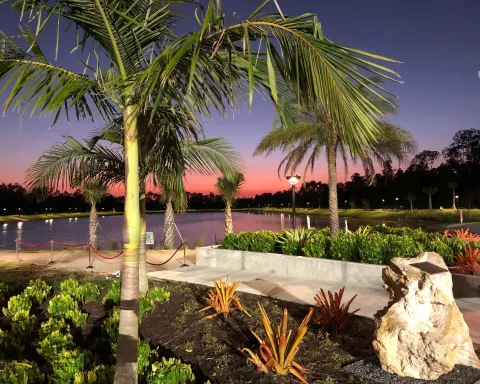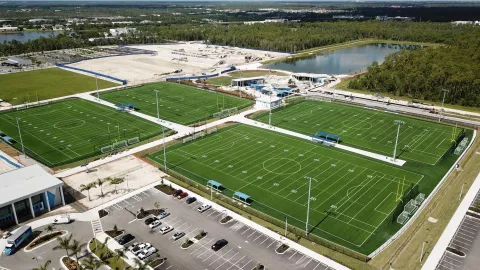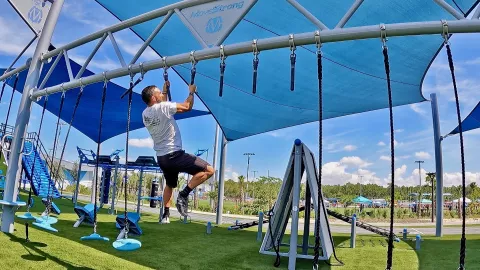Sports Tourism is Smart Business

In 2019, nearly 180 million people traveled to a sports event in the United States, either as a spectator or a participant. The result was sports-related travel spending close to $103 billion.
With sports tourism growing, locales across the country are buying in, like Florida’s Paradise Coast. Made up of the Naples, Marco Island and Everglades communities, the area was already a top destination for its miles of pristine white beaches. Now, athletes, families and sports fans are making trips to the region for athletic events, often staying longer for rest and relaxation.
Building a Sports Destination
Sports tourism in 2021 represents more than smart business for attractive destinations – it’s serving as a foundation for economic recovery. “One thing we can say about sports tourism is that we’re seeing it bring recovery from the pandemic,” says Jack Wert, executive director of the Naples, Marco Island and Everglades Convention and Visitors Bureau. “The commitment to sports provides a way for destinations to rebound.”
The key is to step up offerings through either building or renovating to provide modern facilities and amenities. Complexes that can accommodate tournaments, multiple sports and ancillary entertainment are pivotal.

Sometimes venues extend beyond a main complex into surrounding communities, as is the case in Collier County. “We had a somewhat neglected park in East Naples that we transformed into a 64-court pickleball facility,” says Wert. “That allowed us to host the U.S. Pickleball Championships, which brought in people from 48 states.”
Nearby is a lake for water and jet skiing, which hosts regular competitions, and world-class golf courses for tournaments and regular play.
Amenity-rich offerings
Providing venues for the games and tournaments is a first step. A second one is adding a wide variety of amenities that give visiting families options before, in between and after games. “This has been a welcome surprise to us,” says Wert. “Sports organizers are looking for new experiences at their events.”

Adding the convenience of a wide array of concessions to a complex can be a huge bonus. Paradise features a food truck pavilion and a scenic waterfront bar. Completing the experience is retail space that carries branded apparel and souvenirs. “You need to have more than just sports fields to make it an attractive destination,” Wert explains.
Today’s sports complexes are designed to host events beyond tournaments and games. “We have flexibility with our space to host things like concerts and art festivals,” says Wert. “Additionally, we are an asset to the community, giving local teams and organizers a way to hold events without having to travel far distances.”
For sports tourists who make the trip to a tournament or game, the option of extending their stay beyond the event opens another business opportunity for venues. Packages that create partnerships with local hotels, restaurants and festivals create turnkey, easily accessible offerings.
Drawing visitors requires a multifaceted strategy with a good public relations plan. “Event organizers are a small fraternity,” says Wert. “When they see a good complex and destination, they share the word. That’s helped us reach a point where we are successful – and continuously – meeting the growing demand for sports tourism.”